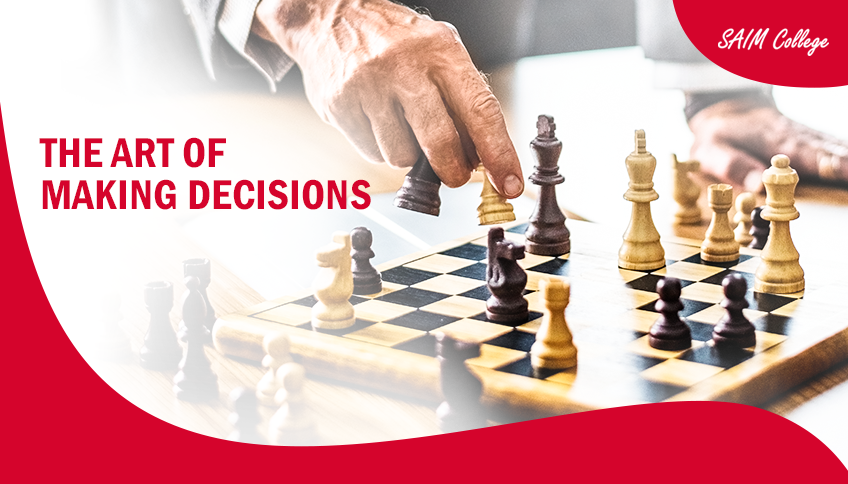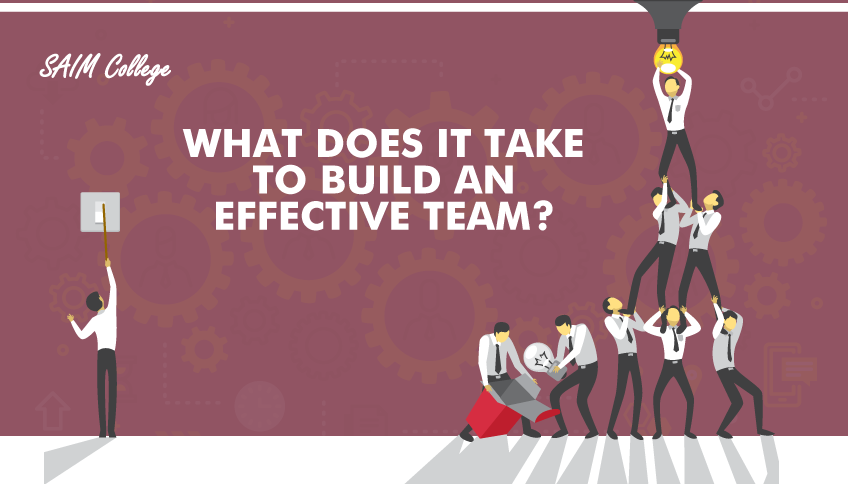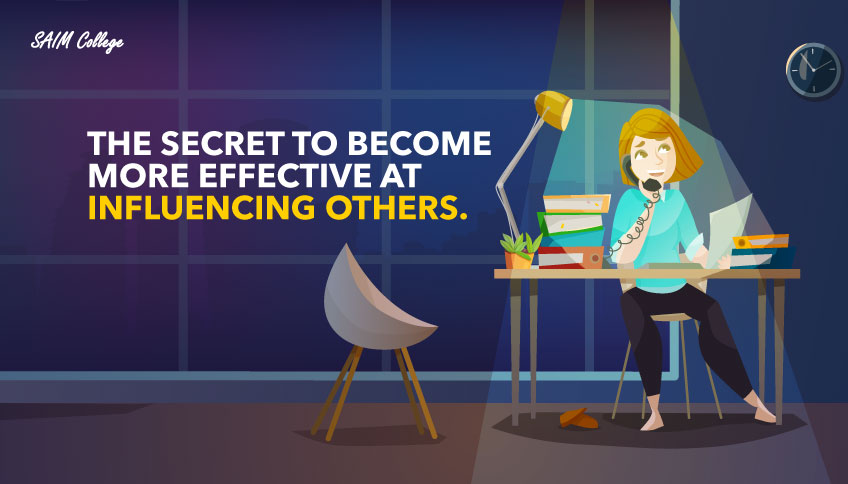The art of making decisions | SAIM College
2023-04-06
I glanced through the restaurant menu and find myself struggling with making decision where each item is appealing to me in a different manner. I took several minutes to decide my order, but I guess you have been in a situation like this before.
After much deliberation, I realize the above situation is more than just about food. If we spend an excessive amount of time and energy on making decisions in everyday situations, think about the bigger ones we need to make with our careers, in our job and in our personal lives.
Research shows, on an average, a person makes 35,000 decisions everyday. It takes the same amount of brain power regardless of what decision you make. It doesn’t matter if it’s choosing a menu item or making a hiring decisions in your organization. Both decision making process zaps the same amount of energy but give totally different outcomes. One has no impact at all while the latter might have a great impact in your organization. From any perspective, making decisions is certainly the most important activity that will determine your future. So, how do you approach the situation before making decisions?
Use habits for making decisions during predictable situations
Building habits is an effective approach you can use for making decisions especially if the situation is predictable or involves routine activities. For instance, which shoes should I wear? Where to go for lunch? Which way should I go?
By building habits, you can simplify your decision making process and avoid routine decision fatigue. Take an example of Barack Obama who wears the same outfit everyday. In an interview with Vanity Fair, he said, “You need to focus your decision-making energy. You need to routinize yourself. You can't be going through the day distracted by trivia."
When you wear the same outfit, you will cut down the number of routine decisions, and save lots of brain power that you can redirect it to make other effective decisions that can have the greatest impact in your life. Obama’s approach might be extreme for common people like us, but the important point is that you can use habits when making decisions that are predictable.
On the other hand, there are situations in which you have to make instant decisions, and in most cases the outcome can’t be predicted accurately. Let’s take this example, you are in a managerial position, you have to make larger strategic decisions that might affect the future of your organization in so many ways. For instance, in which product you should invest in? How to approach your competitors? Should your organization spend budget on marketing or on research and development? What if you have to make decisions that are not predictable?
Widen your options
Many times we went astray from decision making process as we tend to seek few options for making decisions. Behavioural economists describe this tendency as “Narrow Framing” where people define their choices too narrowly, in binary terms (yes/no). Instead of limiting your choices, you can widen your options to overcome barriers in making decisions. Besides, you can look for people who have overcome the situation you have been through and imitate them for making decisions.
Reality test your assumptions
In all likelihood, most of us have a tendency of confirmation bias when making decisions. This means you tend to seek information that supports your preexisting beliefs or attitudes, and disagrees with others.
This process of making decisions may not give you the desired outcomes. That’s why you should reality test your assumptions before making decisions. In other words, you need to get outside of your head, be open minded when collecting information and consider alternative options. Furthermore, if possible you can test your assumptions in a smaller scale before you make big decisions about it.
Get some distance
Think about this! How often do you make decisions based on your temporary mood that affects your long term choice? In making decisions, our short term emotions might become a hindrance and affect the choices we make in our work and life. So, you need to get some distance from your emotional state and think about the situations in the long run. Ask yourself- How would you feel about your decisions in five months or five years from now?
Prepare to be wrong
There are many times we tend to make irrational decisions due to overconfidence. Instead of being way too sure about the future, you must be prepared to be wrong. Ask yourself- what might go wrong? This helps you prepare for the future uncertainty, and maintain a feeling of control over the outcomes of your decisions.
Use a timer
Most people take an inordinate amount of time may be weeks, months or even years to make a simple decision. Usually, they procrastinate on making decisions, hoping on getting a clear answer. However, in the long run, this might seem counterproductive as you could make so many important decisions instead of just one effective decision. If you find yourself struggling with decision making process, give yourself a fixed time period instead of postponing your decision making process. You can do this right now. Choose a decision, set a timer (say five minutes), make a decision and move on.
Besides, if there are many decisions to make, you can write them down in a paper or notebook, give yourself a fixed time and make the best possible decision that you can at that moment. After that, don’t waste your time looking backward or in mental speculation.
At SAIM College, we take it upon ourselves to help our students beyond the classroom activities. We are dedicated to sharing valuable information and preparing our students to thrive in the real world after graduation. Our BBA and MBA(Global Business) programs provide students with a sound conceptual foundation and practical skills in various areas of management and prepare them for the global market.
For more information, read our Blogs or Contact Us














